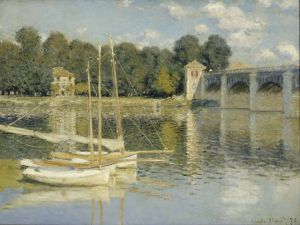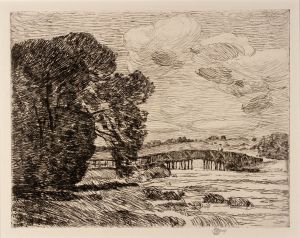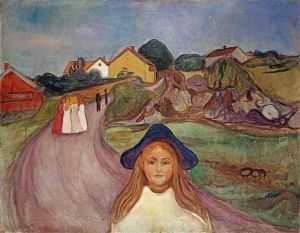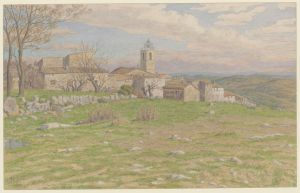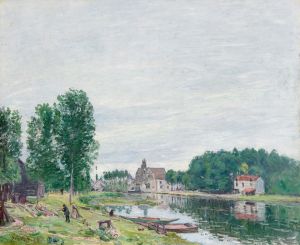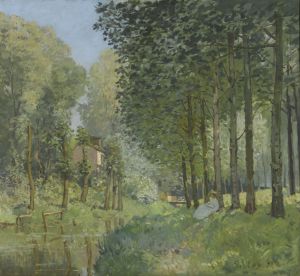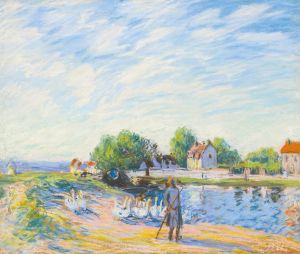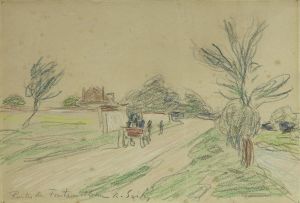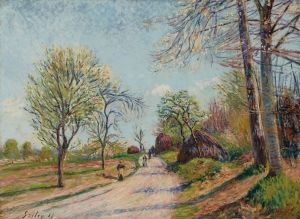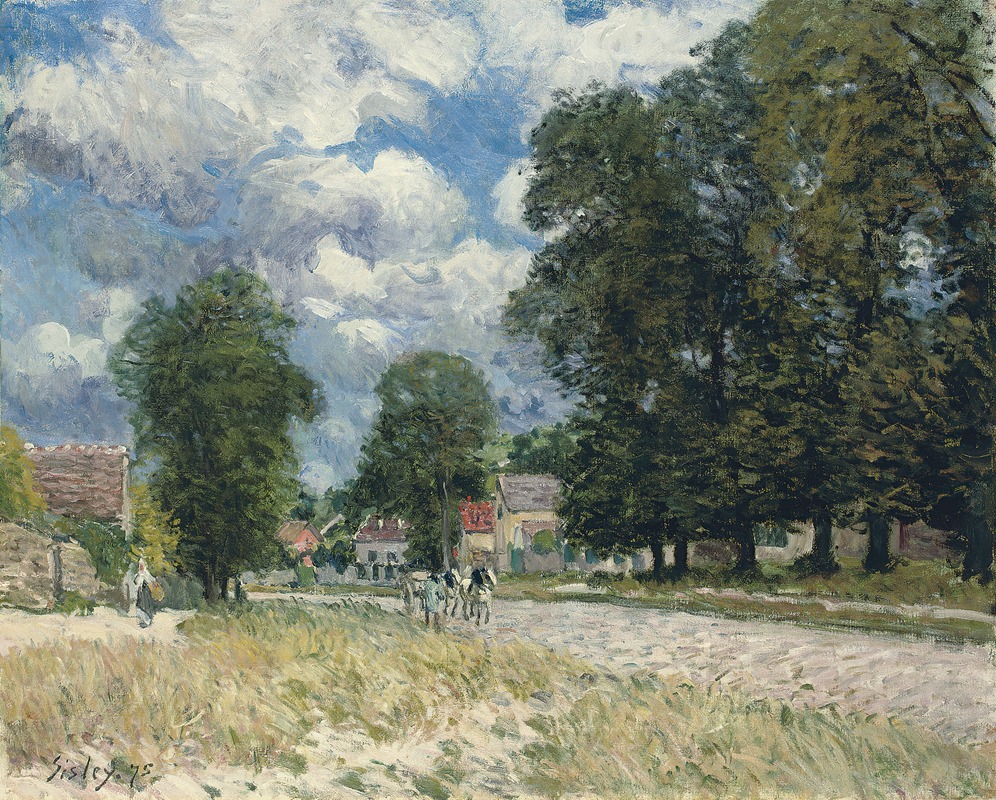
La route de Marly-le-Roi
A hand-painted replica of Alfred Sisley’s masterpiece La route de Marly-le-Roi, meticulously crafted by professional artists to capture the true essence of the original. Each piece is created with museum-quality canvas and rare mineral pigments, carefully painted by experienced artists with delicate brushstrokes and rich, layered colors to perfectly recreate the texture of the original artwork. Unlike machine-printed reproductions, this hand-painted version brings the painting to life, infused with the artist’s emotions and skill in every stroke. Whether for personal collection or home decoration, it instantly elevates the artistic atmosphere of any space.
Alfred Sisley, a prominent figure in the Impressionist movement, painted "La route de Marly-le-Roi" in 1875. Sisley, born in Paris to British parents, was known for his dedication to landscape painting, capturing the subtle nuances of light and atmosphere in the French countryside. His work is characterized by a delicate palette and a keen observation of nature, which are evident in this particular painting.
"La route de Marly-le-Roi" depicts a scene from the village of Marly-le-Roi, located in the Île-de-France region, not far from Paris. This area was a popular subject for Sisley and other Impressionist painters due to its picturesque landscapes and the quality of light that could be observed there. The painting captures a rural road, likely one that Sisley himself walked, surrounded by lush greenery and trees, under a sky that hints at changing weather conditions.
Sisley's technique in this painting reflects the core principles of Impressionism. He employs loose brushwork and a light color palette to convey the transient effects of light and atmosphere. The composition is balanced, drawing the viewer's eye along the road, inviting them to explore the scene further. The use of color is particularly noteworthy; Sisley uses a range of greens and earth tones to depict the foliage and the road, while the sky is rendered in soft blues and whites, suggesting a day that is either beginning or ending.
The painting is a testament to Sisley's ability to capture the essence of a place with simplicity and elegance. Unlike some of his contemporaries, Sisley remained focused on landscapes throughout his career, rarely deviating into other genres. This dedication allowed him to develop a profound understanding of his subject matter, which is evident in the authenticity and tranquility of "La route de Marly-le-Roi."
During the time Sisley painted this work, the Impressionist movement was gaining momentum, challenging traditional artistic conventions and emphasizing the importance of capturing the momentary effects of light and color. Sisley, along with artists like Claude Monet, Pierre-Auguste Renoir, and Camille Pissarro, participated in the first Impressionist exhibition in 1874, which marked a significant departure from the established norms of the art world.
"La route de Marly-le-Roi" is housed in a private collection, making it less accessible to the public compared to some of Sisley's other works. However, it remains an important piece within his oeuvre, exemplifying his mastery of landscape painting and his contribution to the Impressionist movement. Sisley's work, including this painting, continues to be celebrated for its beauty and its ability to evoke the serene and fleeting moments of nature.
In summary, "La route de Marly-le-Roi" by Alfred Sisley is a quintessential example of Impressionist landscape painting. It captures the serene beauty of the French countryside with a focus on light and atmosphere, reflecting Sisley's dedication to his craft and his role in the development of Impressionism.






